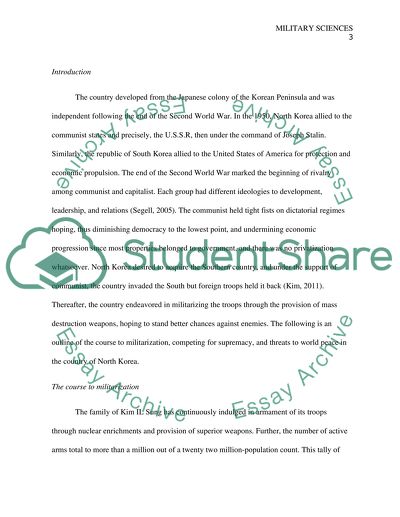Cite this document
(“North Korea's threat to Peace and Stability Research Paper”, n.d.)
North Korea's threat to Peace and Stability Research Paper. Retrieved from https://studentshare.org/military/1402059-north-korea-threat-to-peace-and-stability
North Korea's threat to Peace and Stability Research Paper. Retrieved from https://studentshare.org/military/1402059-north-korea-threat-to-peace-and-stability
(North Korea'S Threat to Peace and Stability Research Paper)
North Korea'S Threat to Peace and Stability Research Paper. https://studentshare.org/military/1402059-north-korea-threat-to-peace-and-stability.
North Korea'S Threat to Peace and Stability Research Paper. https://studentshare.org/military/1402059-north-korea-threat-to-peace-and-stability.
“North Korea'S Threat to Peace and Stability Research Paper”, n.d. https://studentshare.org/military/1402059-north-korea-threat-to-peace-and-stability.


